































See Also
See Again
© Shutterstock
0 / 32 Fotos
Rouen - Capital of the region of Normandy, Rouen sits on the River Seine and is one of France's great cultural draws. The city is especially known for its Gothic cathedral, which was consecrated in 1063 in the presence of William the Conqueror.
© Shutterstock
1 / 32 Fotos
Rouen
- Rouen's Cathédrale Notre Dame is steeped in history. The building houses a tomb containing the heart of Richard the Lionheart. In the late 19th century, the great Impressionist artist Claude Monet produced a series of paintings depicting the cathedral. And Normandy's most cherished landmark survived a bombing raid by the British Royal Air Force in April 1944.
© Shutterstock
2 / 32 Fotos
Rouen
- Allow plenty of time to browse the hallowed rooms of the Musée des Beaux-Arts de Rouen. Look out for works by local boy Robert Antoine Pinchon, a Post-Impressionist landscape painter of the Rouen School. Pictured: 'Le Pont aux Anglais, soleil couchant,' (1905).
© Public Domain
3 / 32 Fotos
Rouen - Saunter through the historic quarter and pause under the Gros Horloge, a 14th-century astronomical clock which is installed in a Renaissance arch.
© Shutterstock
4 / 32 Fotos
Honfleur
- Sited on the Seine estuary and noted for its old port, Honfleur is distinguished by its traditional harbor front houses with slate-covered frontages.
© Shutterstock
5 / 32 Fotos
Omaha Beach
- Forever associated with D-Day and the Normandy landings, Omaha Beach saw some of the heaviest fighting during the Allied invasion. Today, over 75 years after that fateful day on June 6, 1944, the beach remains a place of pilgrimage for an ever-dwindling number of veterans.
© Shutterstock
6 / 32 Fotos
Colleville-sur-Mer
- The Normandy American Cemetery and Memorial near Colleville-sur-Mer is the final resting place of 9,388 souls. The cemetery is located on a bluff overlooking Omaha Beach.
© Shutterstock
7 / 32 Fotos
Bayeux Tapestry - Embroidered over nine centuries ago and a rare example of secular Romanesque art, the Bayeux Tapestry depicts in exquisite detail events leading up to the Norman conquest of England and culminating in the Battle of Hastings. Once displayed in Bayeux Cathedral, the tapestry is now exhibited at the Musée de la Tapisserie de Bayeux.
© Shutterstock
8 / 32 Fotos
Bayeux Cathedral
- Consecrated in 1077, the cathedral stands on a site once occupied by Roman sanctuaries. The interior features a number of stained glass windows celebrated for their intricate design and vivid color.
© Shutterstock
9 / 32 Fotos
Lillebonne
- About 40 km (24 mi) east of Le Havre are the impressive ruins of Roman baths and of a theater, which date back to the first century CE.
© Shutterstock
10 / 32 Fotos
Lillebonne
- Included among the Roman artifacts unearthed at Lillebonne is a well-preserved Orpheus mosaic, which is displayed at the Musée départemental des Antiquités Rouen.
© Getty Images
11 / 32 Fotos
Étretat
- The Normandy coast makes for spectacular clifftop hiking. Boot up and head out to Étretat and its awesome chalk cliffs. The three natural arches and a pointed formation called L'Aiguille, or "the Needle," is a much-photographed natural wonder.
© Shutterstock
12 / 32 Fotos
Le Havre
- A major Channel port that was largely destroyed during the Second World War, Le Havre was rebuilt between 1945 and 1964, for the most part using precast concrete. Architect Auguste Perret won applause for his modern designs, and the city's central hub is one of the few inscribed contemporary UNESCO World Heritage Sites in Europe.
© Shutterstock
13 / 32 Fotos
Le Havre - Among one of Auguste Perret's more famous buildings is Église St-Joseph (St. Joseph's Church). It acts as a memorial to the 5,000 civilians that lost their lives during the Second Would War. Pictured is an interior view of the concrete spire.
© iStock
14 / 32 Fotos
Le Havre - Le Havre dazzles with its museum offering but if you only browse one make sure its Musée d'art moderne André Malraux. It houses one of the nation's most extensive collections of Impressionist paintings. Works include those by Claude Monet and other artists who lived and worked in Normandy. Pictured: 'Fécamp, bord de mer' (1881).
© Public Domain
15 / 32 Fotos
Claude Monet (1840–1926) - Paris-born Monet moved with his family to Le Havre when he was five years old. The region and its landscape would have a profound influence on the man credited as a founder of French Impressionist painting. Pictured: 'Impression, Sunrise' (1872), which depicts to the port of Le Havre.
© Public Domain
16 / 32 Fotos
Le Havre - Acclaimed Brazilian architect Oscar Niemeyer is responsible for Le Volcan ("the volcano"), the city's premier cultural venue and its most conspicuous landmark.
© Public Domain
17 / 32 Fotos
Caen
- As much a museum dedicated to the history of violence and conflict in the 20th century as it is a memorial to the Second World War and the momentous events of D-Day, this striking facility is best appreciated by taking the full-day tour, which includes excursions to historic D-Day sites.
© Shutterstock
18 / 32 Fotos
Caen - Scene of a major D-Day objective of the British airborne troops, Pegasus Bridge became one of the defining symbols of the Battle of Normandy. The original bridge now resides in the grounds of the Pegasus Museum, which is part of the wider Memorial Pegasus facility.
© Shutterstock
19 / 32 Fotos
Château Gaillard - The ruins of this medieval castle loom large over Les Andelays and the River Seine. Richard the Lionheart oversaw its construction, which began in 1196. A popular tourist attraction, the castle affords jaw-dropping views of the surrounding countryside.
© Shutterstock
20 / 32 Fotos
Longues-sur-Mer - The Normandy coast is peppered with reminders of German wartime occupation, and you don't have to go far before coming face-to-face with impressive defensive fortifications like the Longues-sur-Mer Battery. Located between the Allied landing beaches of Gold and Omaha, this mighty gun shelled both beaches on D-Day.
© Shutterstock
21 / 32 Fotos
French cuisine
- French haute cuisine is well represented throughout Normandy by restaurants like SaQuaNa in Honfleur. Here, chef Alexandre Bourdas has garnered two Michelin stars for his inventive menu.
© Getty Images
22 / 32 Fotos
Château de Caen - Officially designated as a Monument historique since 1886, Caen's chunky-walled castle was built on the orders of William the Conqueror. The foundations of William's 1060 residence can still be seen within the grounds. The dry moat provides an inspiring circuit for walkers.
© Shutterstock
23 / 32 Fotos
Seine-Maritime
- The evocative ruins of Abbaye de Jumièges make a diversion to this region of Normandy an enlightening experience. What you see today largely dates back to 1067, but there has been a Benedictine monastery on this site since 654.
© Shutterstock
24 / 32 Fotos
Deauville
- The flashy seaside resort of Deauville has long been home to French high society. Its upmarket credentials are further enhanced with its hosting of the annual Deauville American Film Festival.
© Getty Images
25 / 32 Fotos
Giverny
- Artist Claude Monet's home for the last 43 years of his life is now a charming house-museum, the Maison et Jardins de Claude Monet. Tour the interior before wandering through the flower-flecked gardens—inspiration for some of his most famous paintings.
© Shutterstock
26 / 32 Fotos
Mont-Saint-Michel - More than 3 million people a year visit this tiny island situated at the mouth of the Couesnon River near Avranches. The destination and its magnificent 11th-century abbey is one of the most recognized landmarks in France and a UNESCO World Heritage Site.
© iStock
27 / 32 Fotos
Calvados
- Toast your visit to this charming corner of France with a glass of calvados, a beautifully smooth and potent apple brandy made almost exclusively in Normandy. It can also be made using pears. Santé!
© Shutterstock
28 / 32 Fotos
Cheese, please
- Among Normandy's culinary claims to fame is its dairy produce, and especially its cheeses. The region is famous for Camembert, a French favorite.
© Shutterstock
29 / 32 Fotos
Saint-Céneri-le-Gérei
- It's certainly worth venturing inland and discovering rural Normandy. The region is dotted with dozens of impossibly pretty villages like this one, set in verdant woodland on the River Sarthe. Its medieval bridge is the subject of many an artist's canvas.
© Shutterstock
30 / 32 Fotos
Dieppe
- This busy Channel port is often overlooked as tourists drive off ferries and motor elsewhere. Take time out to discover gems like Château de Dieppe. Restored in the 15th century, the castle affords glorious views across the city. See also: Paris treasures that you can still visit
© Shutterstock
31 / 32 Fotos
© Shutterstock
0 / 32 Fotos
Rouen - Capital of the region of Normandy, Rouen sits on the River Seine and is one of France's great cultural draws. The city is especially known for its Gothic cathedral, which was consecrated in 1063 in the presence of William the Conqueror.
© Shutterstock
1 / 32 Fotos
Rouen
- Rouen's Cathédrale Notre Dame is steeped in history. The building houses a tomb containing the heart of Richard the Lionheart. In the late 19th century, the great Impressionist artist Claude Monet produced a series of paintings depicting the cathedral. And Normandy's most cherished landmark survived a bombing raid by the British Royal Air Force in April 1944.
© Shutterstock
2 / 32 Fotos
Rouen
- Allow plenty of time to browse the hallowed rooms of the Musée des Beaux-Arts de Rouen. Look out for works by local boy Robert Antoine Pinchon, a Post-Impressionist landscape painter of the Rouen School. Pictured: 'Le Pont aux Anglais, soleil couchant,' (1905).
© Public Domain
3 / 32 Fotos
Rouen - Saunter through the historic quarter and pause under the Gros Horloge, a 14th-century astronomical clock which is installed in a Renaissance arch.
© Shutterstock
4 / 32 Fotos
Honfleur
- Sited on the Seine estuary and noted for its old port, Honfleur is distinguished by its traditional harbor front houses with slate-covered frontages.
© Shutterstock
5 / 32 Fotos
Omaha Beach
- Forever associated with D-Day and the Normandy landings, Omaha Beach saw some of the heaviest fighting during the Allied invasion. Today, over 75 years after that fateful day on June 6, 1944, the beach remains a place of pilgrimage for an ever-dwindling number of veterans.
© Shutterstock
6 / 32 Fotos
Colleville-sur-Mer
- The Normandy American Cemetery and Memorial near Colleville-sur-Mer is the final resting place of 9,388 souls. The cemetery is located on a bluff overlooking Omaha Beach.
© Shutterstock
7 / 32 Fotos
Bayeux Tapestry - Embroidered over nine centuries ago and a rare example of secular Romanesque art, the Bayeux Tapestry depicts in exquisite detail events leading up to the Norman conquest of England and culminating in the Battle of Hastings. Once displayed in Bayeux Cathedral, the tapestry is now exhibited at the Musée de la Tapisserie de Bayeux.
© Shutterstock
8 / 32 Fotos
Bayeux Cathedral
- Consecrated in 1077, the cathedral stands on a site once occupied by Roman sanctuaries. The interior features a number of stained glass windows celebrated for their intricate design and vivid color.
© Shutterstock
9 / 32 Fotos
Lillebonne
- About 40 km (24 mi) east of Le Havre are the impressive ruins of Roman baths and of a theater, which date back to the first century CE.
© Shutterstock
10 / 32 Fotos
Lillebonne
- Included among the Roman artifacts unearthed at Lillebonne is a well-preserved Orpheus mosaic, which is displayed at the Musée départemental des Antiquités Rouen.
© Getty Images
11 / 32 Fotos
Étretat
- The Normandy coast makes for spectacular clifftop hiking. Boot up and head out to Étretat and its awesome chalk cliffs. The three natural arches and a pointed formation called L'Aiguille, or "the Needle," is a much-photographed natural wonder.
© Shutterstock
12 / 32 Fotos
Le Havre
- A major Channel port that was largely destroyed during the Second World War, Le Havre was rebuilt between 1945 and 1964, for the most part using precast concrete. Architect Auguste Perret won applause for his modern designs, and the city's central hub is one of the few inscribed contemporary UNESCO World Heritage Sites in Europe.
© Shutterstock
13 / 32 Fotos
Le Havre - Among one of Auguste Perret's more famous buildings is Église St-Joseph (St. Joseph's Church). It acts as a memorial to the 5,000 civilians that lost their lives during the Second Would War. Pictured is an interior view of the concrete spire.
© iStock
14 / 32 Fotos
Le Havre - Le Havre dazzles with its museum offering but if you only browse one make sure its Musée d'art moderne André Malraux. It houses one of the nation's most extensive collections of Impressionist paintings. Works include those by Claude Monet and other artists who lived and worked in Normandy. Pictured: 'Fécamp, bord de mer' (1881).
© Public Domain
15 / 32 Fotos
Claude Monet (1840–1926) - Paris-born Monet moved with his family to Le Havre when he was five years old. The region and its landscape would have a profound influence on the man credited as a founder of French Impressionist painting. Pictured: 'Impression, Sunrise' (1872), which depicts to the port of Le Havre.
© Public Domain
16 / 32 Fotos
Le Havre - Acclaimed Brazilian architect Oscar Niemeyer is responsible for Le Volcan ("the volcano"), the city's premier cultural venue and its most conspicuous landmark.
© Public Domain
17 / 32 Fotos
Caen
- As much a museum dedicated to the history of violence and conflict in the 20th century as it is a memorial to the Second World War and the momentous events of D-Day, this striking facility is best appreciated by taking the full-day tour, which includes excursions to historic D-Day sites.
© Shutterstock
18 / 32 Fotos
Caen - Scene of a major D-Day objective of the British airborne troops, Pegasus Bridge became one of the defining symbols of the Battle of Normandy. The original bridge now resides in the grounds of the Pegasus Museum, which is part of the wider Memorial Pegasus facility.
© Shutterstock
19 / 32 Fotos
Château Gaillard - The ruins of this medieval castle loom large over Les Andelays and the River Seine. Richard the Lionheart oversaw its construction, which began in 1196. A popular tourist attraction, the castle affords jaw-dropping views of the surrounding countryside.
© Shutterstock
20 / 32 Fotos
Longues-sur-Mer - The Normandy coast is peppered with reminders of German wartime occupation, and you don't have to go far before coming face-to-face with impressive defensive fortifications like the Longues-sur-Mer Battery. Located between the Allied landing beaches of Gold and Omaha, this mighty gun shelled both beaches on D-Day.
© Shutterstock
21 / 32 Fotos
French cuisine
- French haute cuisine is well represented throughout Normandy by restaurants like SaQuaNa in Honfleur. Here, chef Alexandre Bourdas has garnered two Michelin stars for his inventive menu.
© Getty Images
22 / 32 Fotos
Château de Caen - Officially designated as a Monument historique since 1886, Caen's chunky-walled castle was built on the orders of William the Conqueror. The foundations of William's 1060 residence can still be seen within the grounds. The dry moat provides an inspiring circuit for walkers.
© Shutterstock
23 / 32 Fotos
Seine-Maritime
- The evocative ruins of Abbaye de Jumièges make a diversion to this region of Normandy an enlightening experience. What you see today largely dates back to 1067, but there has been a Benedictine monastery on this site since 654.
© Shutterstock
24 / 32 Fotos
Deauville
- The flashy seaside resort of Deauville has long been home to French high society. Its upmarket credentials are further enhanced with its hosting of the annual Deauville American Film Festival.
© Getty Images
25 / 32 Fotos
Giverny
- Artist Claude Monet's home for the last 43 years of his life is now a charming house-museum, the Maison et Jardins de Claude Monet. Tour the interior before wandering through the flower-flecked gardens—inspiration for some of his most famous paintings.
© Shutterstock
26 / 32 Fotos
Mont-Saint-Michel - More than 3 million people a year visit this tiny island situated at the mouth of the Couesnon River near Avranches. The destination and its magnificent 11th-century abbey is one of the most recognized landmarks in France and a UNESCO World Heritage Site.
© iStock
27 / 32 Fotos
Calvados
- Toast your visit to this charming corner of France with a glass of calvados, a beautifully smooth and potent apple brandy made almost exclusively in Normandy. It can also be made using pears. Santé!
© Shutterstock
28 / 32 Fotos
Cheese, please
- Among Normandy's culinary claims to fame is its dairy produce, and especially its cheeses. The region is famous for Camembert, a French favorite.
© Shutterstock
29 / 32 Fotos
Saint-Céneri-le-Gérei
- It's certainly worth venturing inland and discovering rural Normandy. The region is dotted with dozens of impossibly pretty villages like this one, set in verdant woodland on the River Sarthe. Its medieval bridge is the subject of many an artist's canvas.
© Shutterstock
30 / 32 Fotos
Dieppe
- This busy Channel port is often overlooked as tourists drive off ferries and motor elsewhere. Take time out to discover gems like Château de Dieppe. Restored in the 15th century, the castle affords glorious views across the city. See also: Paris treasures that you can still visit
© Shutterstock
31 / 32 Fotos
Normandy beyond the beaches
There's plenty to see in Normandy
© Shutterstock
On June 6, 1944, Allied forces took part in the largest seaborne invasion in history. Code named Operation Neptune, the operation is better known as D-Day.
Three-quarters of a century later, the landings and subsequent Battle of Normandy (codenamed Operation Overlord), which resulted in the Allied liberation of Western Europe from Nazi Germany’s control, are still commemorated.
Normandy has served as a place of pilgrimage for Second World War veterans for many decades. Besides the five D-Day beaches (Utah, Omaha, Gold, Juno, and Sword), the region is dotted with numerous monuments, museums, and memorials dedicated to the fallen. And then, of course, there are the military cemeteries.
While these D-Day visitor attractions make for fascinating and poignant exploration, discovering Normandy beyond its wartime past reveals a destination renowned for an extraordinary array of cultural treasures, natural wonders, unique gastronomy, and even a red carpet Hollywood-style film festival!
With its engaging history and storied past, Rouen is a perfect introduction to this corner of France. Spend a few days here absorbing its rich cultural vibe before reaching out further afield and letting Normandy conquer your senses. Click through the gallery for a tour of this enchanting region.
RECOMMENDED FOR YOU


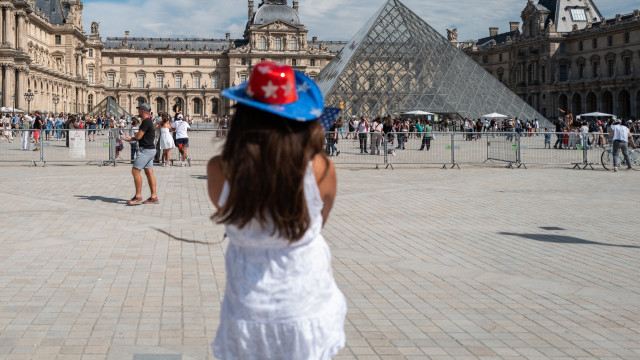



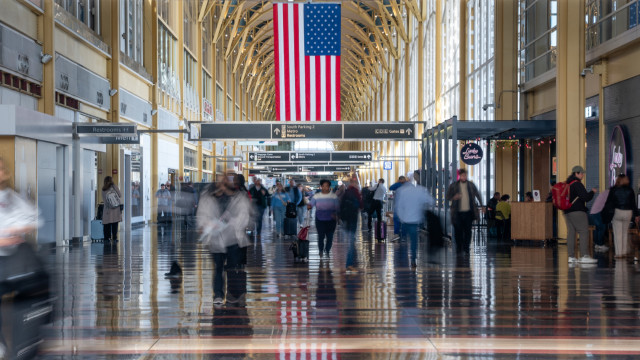
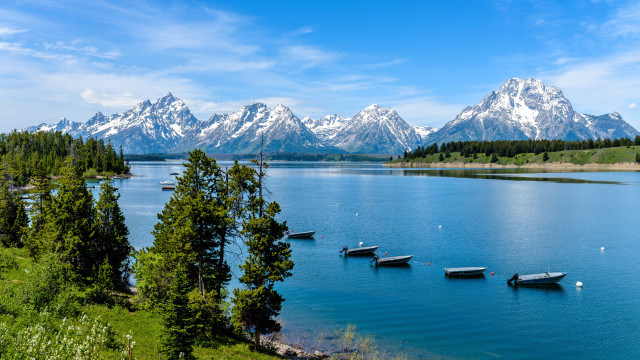
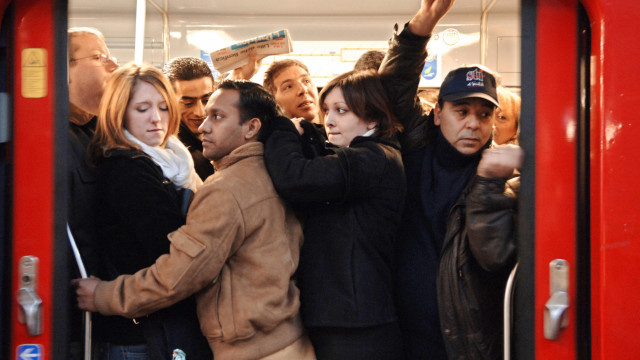
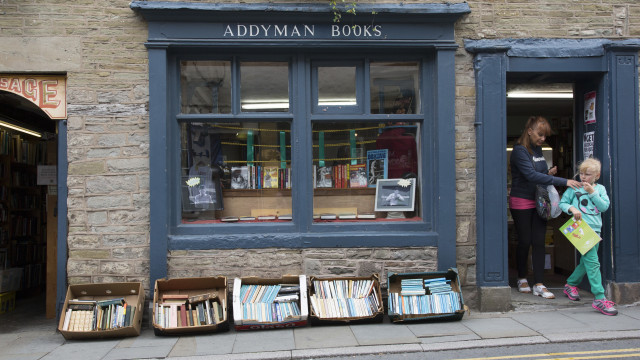


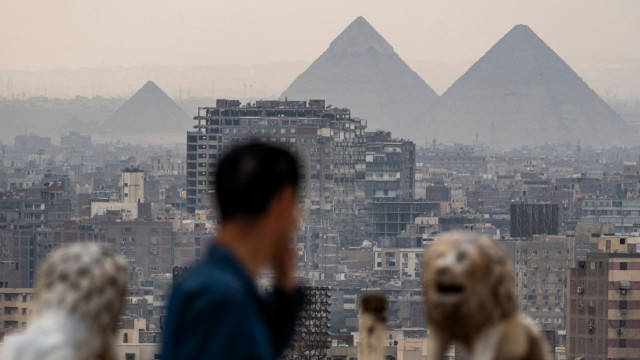
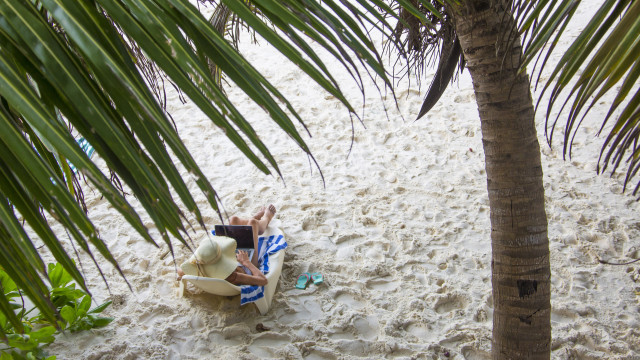
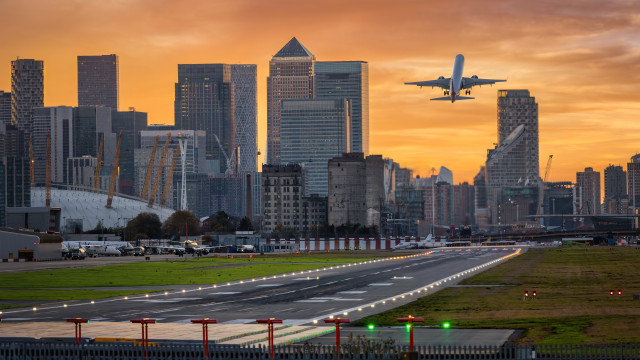
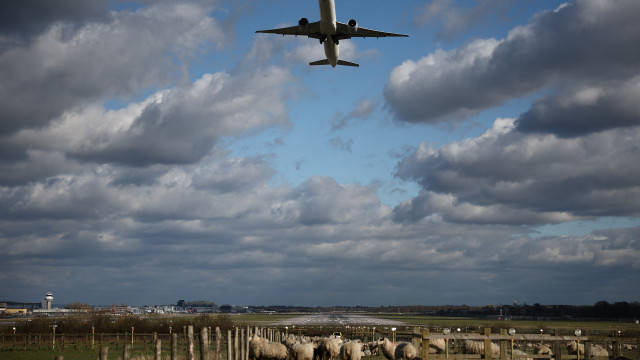


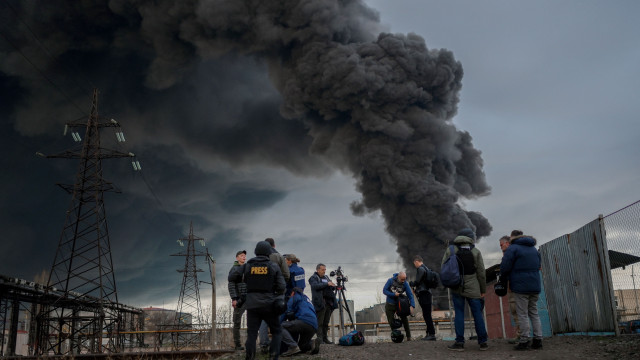
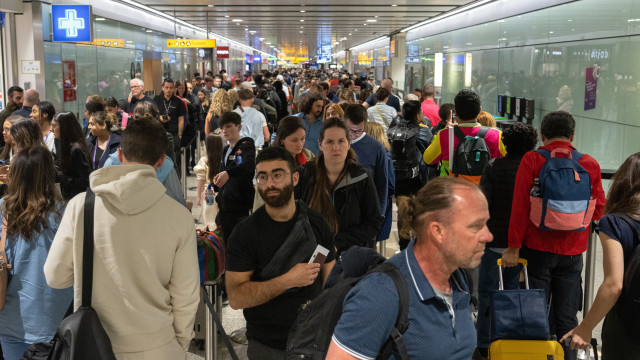
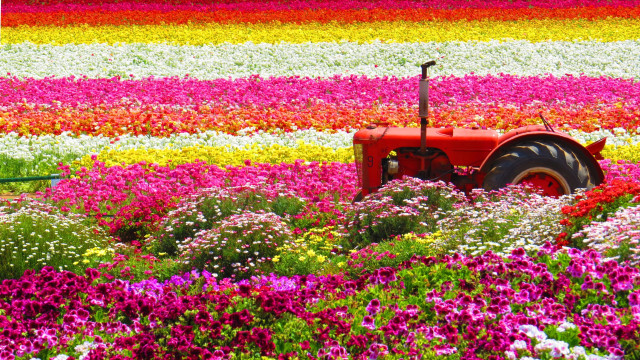

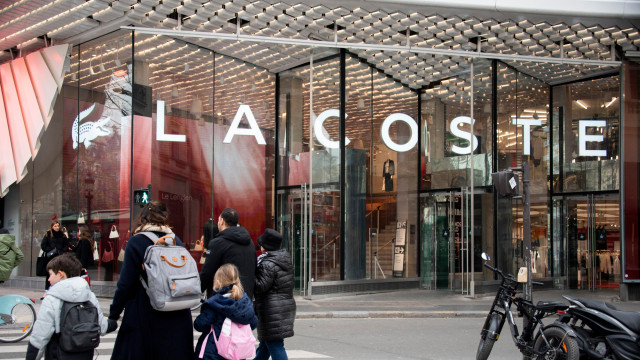
MOST READ
- Last Hour
- Last Day
- Last Week








